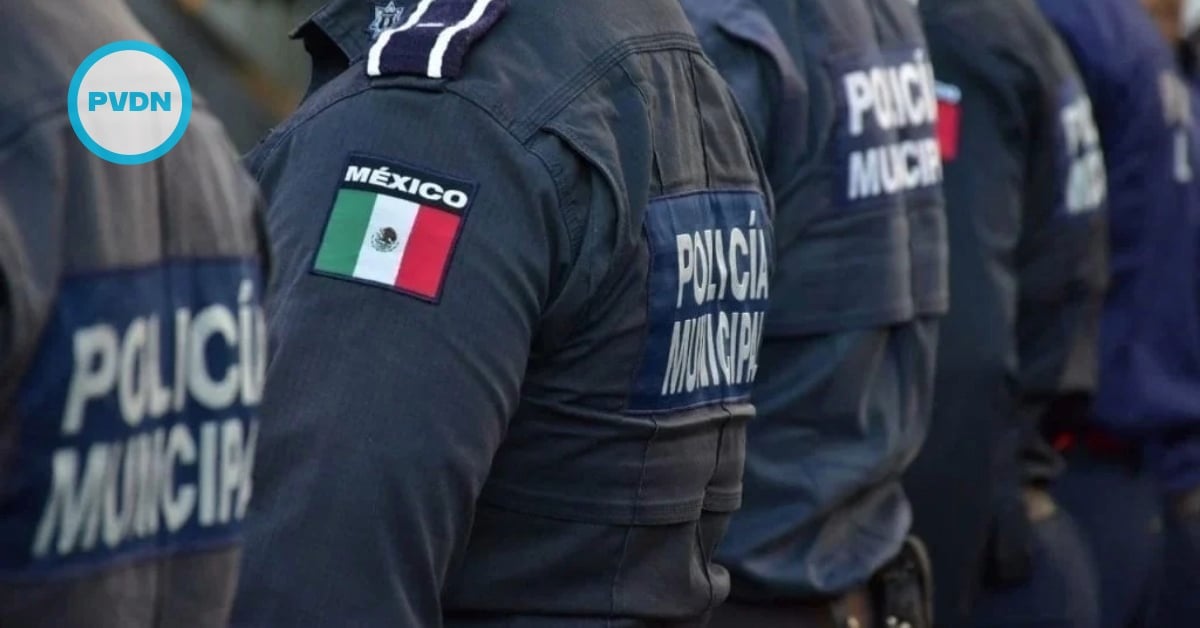Archaeologists have found the main trophy rack of sacrificed human skulls at Mexico City's Templo Mayor Aztec ruin site, scientists said Thursday. Racks known as "tzompantli" were where the Aztecs displayed the severed heads of sacrifice victims on wooden poles pushed through the…






